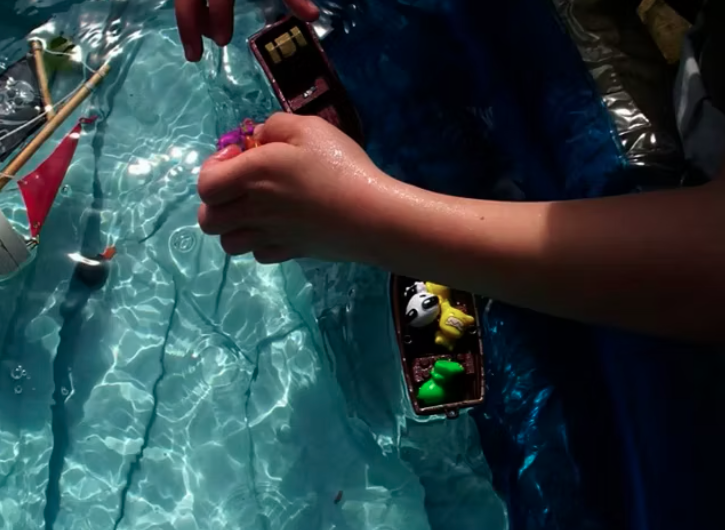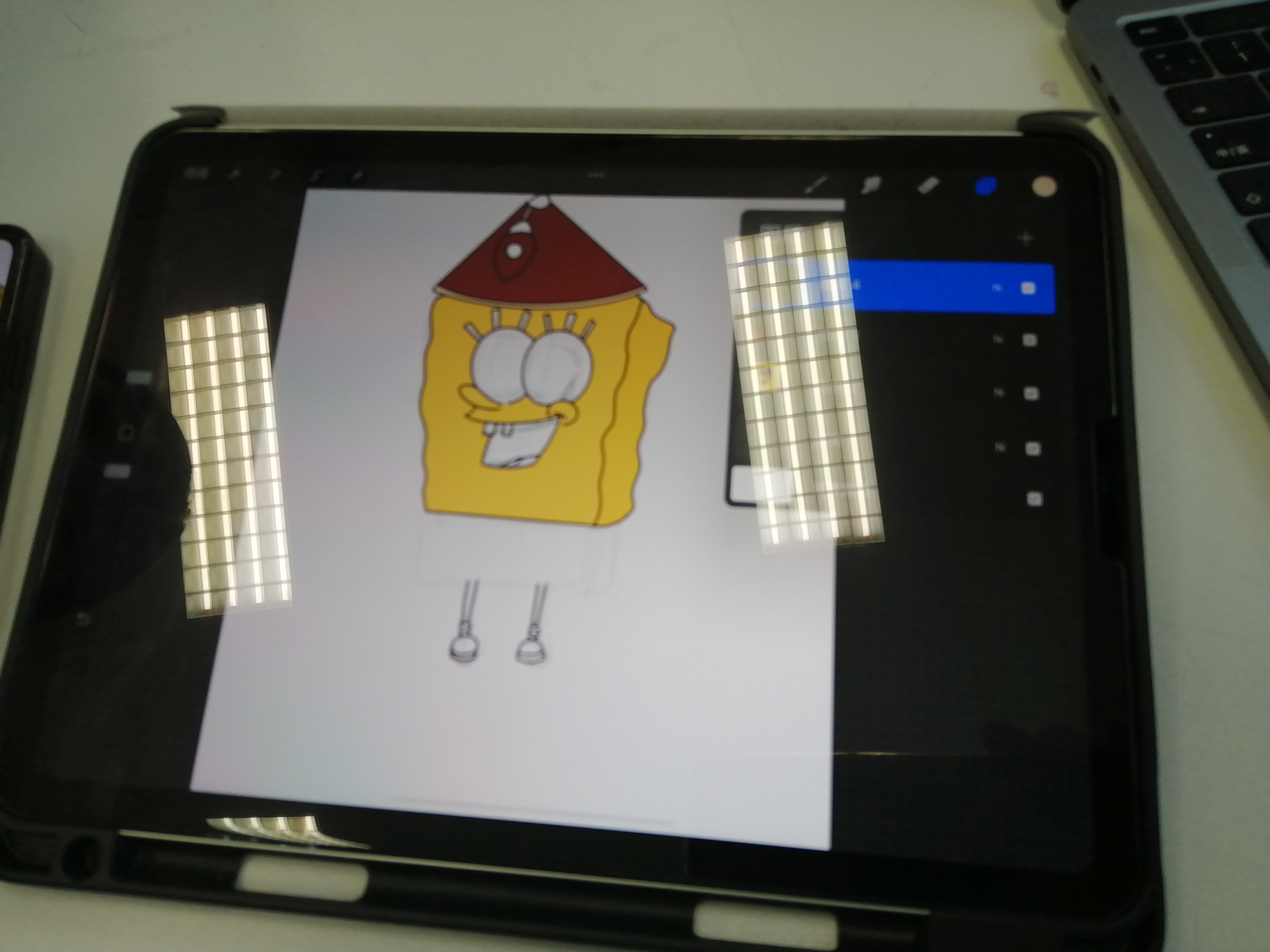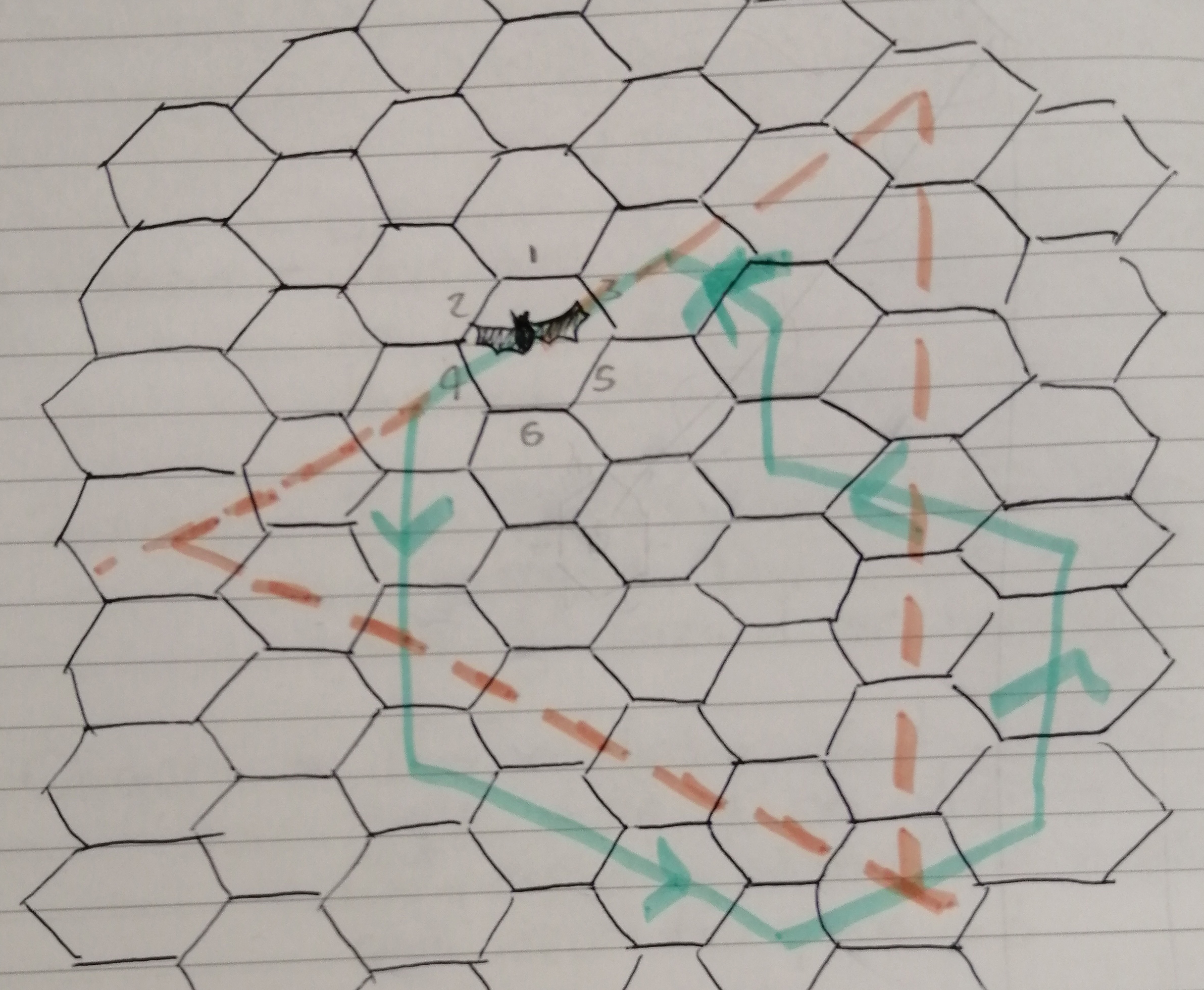 This is from an old blog ages ago, but is useful for a WSA PhD ethnography event in a few weeks, and my forthcoming trip to Australia.
This is from an old blog ages ago, but is useful for a WSA PhD ethnography event in a few weeks, and my forthcoming trip to Australia.
Some rough notes from a very interesting day run by Sarah Pink based on her book Doing Sensory Ethnography:
The proposal for the day (and for sensory ethnography) was along the lines of: to experiment with the idea that the starting point for understanding everyday life is an analysis of the sensory aesthetics of place, from which would follow an investigation of sensory experience, movement and practice. (So, some sort of cultural geography as well as (understated) phenomenology?)
That we should be open to the unexpected, follow things in movement, sensory ethnography ‘acknowledges the contingencies of the realities we seek to understand as well as the patterns they reveal’.
Principles for sensory ethnography:
- place, emplacement and placemaking
- the inter-connected senses
- sensory categories
- movement
life happens at the nexus of a series of inter-related processes, including sensory perception, the movement of people and things, a constant changing environment, everyday practices (and materialities, socialities, biographies, discourses…).
Explicit reference to Tim Ingold’s sensual anthropology, which is interesting, but little on phenomenology, which is surprising. The recent convergence of key concepts in phenomenology and neuroscience was discussed though, particularly as both reject the notion of discrete and separable senses (see Merleau-Ponty / Sartre post above). Sarah’s research demonstrates that new sensory categories, ones that do not follow single sensory channels, are generated in everyday life. For example, in her attention the movement of laundry in the home, the category of the ‘fresh’. These sensory categories may well not be verbalised, so the researcher should pay attention to non-verbal communication (touching, inhaling, etc.).
Methods include interviewing, video tours (where participants take the researcher through their own world), video enactments (e.g. of domestic tasks), with the researcher sharing some of these experiences. (again video is used in an exploratory way, or as a prompt, not for analysis).
David McDougal: the ‘corporeal image’
Movement: place-event constituted through intersections of people and things in movement. The multisensory experience of moving through is one of knowing in movement (Ingold 2000). To understand everyday life, follow things, people, objects, intangible elements (energy, emotions), everyday life practices. As part of a wider ecology of place where people and things become entangled… Thus, walks, maps and tours figured strongly.
The day was strong on getting started on sensory ethnography, particularly with the afternoon (outdoor) workshop, but also in thinking through initial questions (‘what does it feel like? look like? how is total sensory experience created?’)
Of particular interest to me, and the challenges of evangelising video microethology, is to develop and extend working with media material – video and photographic material, notes, maps, drawings (‘data’). How would those unused to making media work to edit, shape, etc. without producer technicities? Sarah tends to use such material for the researcher’s reflection or as part of the ethnographic practice itself: as a mnemonic for research subjects to discuss after the event. Or to leave the sophisticated work of audio-visual analysis and development to artists. There is a chapter in the book on this, and a special issue of Journal of Visual Studies. However there were good examples of working with photographic material – tagging collections of photographs, maps, cognitive maps (digitally, but with a post-it note device) with subjective, emotional, sensory reflections.
The fuck-off robots have already addressed the sensory (specifically aesthesis) but also interrogate the humanist starting point of both ethnography and phenomenology (e.g. ‘emplacement… putting the human subject at the centre of place’). De-centring the human does not necessarily mean ignoring the materiality of sensual bodies: we factor in proprioceptive machines, posthumanist ethnography (microethology) and virtual ‘sites’.




